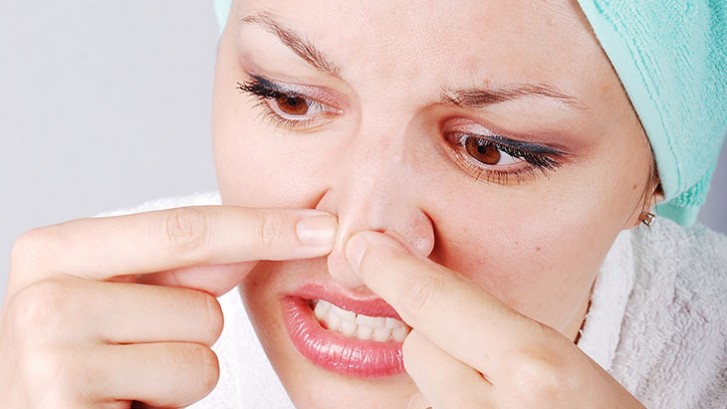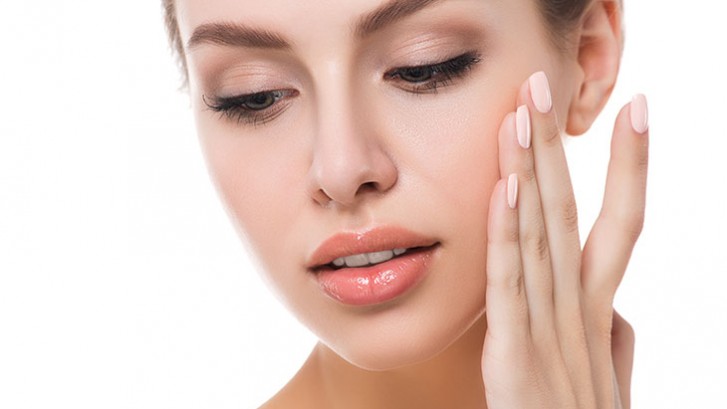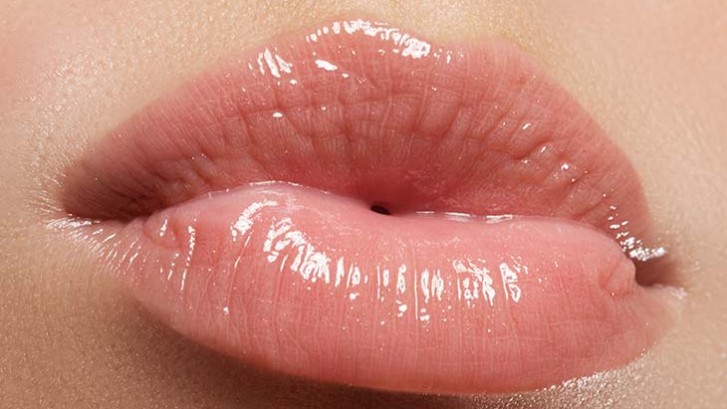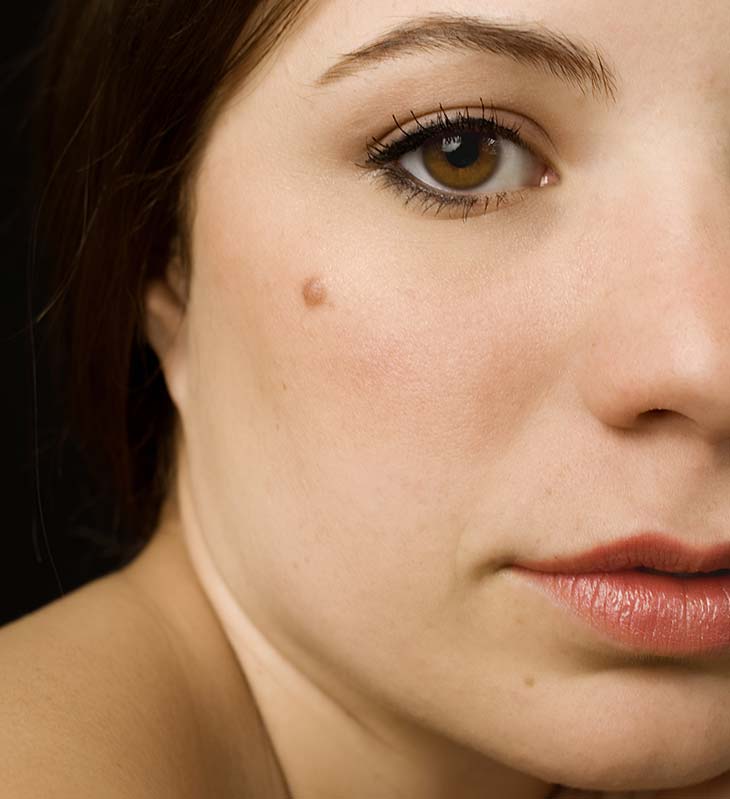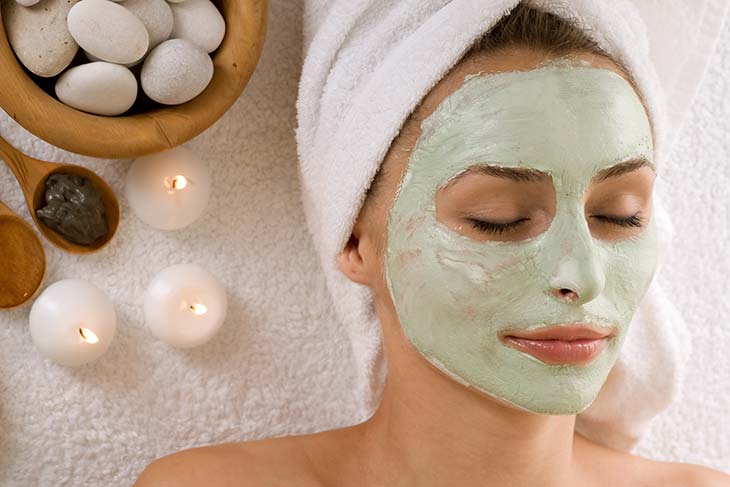Best Lip Augmentation Options in Beverly Hills
Do you ever wish that your lips were full and sensual? Then lip augmentation surgery might be the best fit for you. However, with so many options available in the Beverly Hills area, it might make it hard for you to decide which type of lip augmentation is right for you.
Here’s a look at some of the best lip augmentation options in Beverly Hills and what they can do for you.
Lip Fillers
There are a wide variety of injectable lip fillers that can be used to give your lips a plump, voluptuous look that fits your individual needs. Lip augmentation with injectable fillers can provide a pleasing result within as little as 30 minutes. However, most lip fillers are only temporary as the body will eventually breakdown and absorb the filler. The length of time the results last varies from person to person, but the average time is between four to six months.
There are two different categories of lip fillers: collagen-based and hyaluronic acid-based, the latter of which is used here at Dr. Binder’s office.
Collagen-based lip fillers come in two forms: bovine-derived collagen and human-derived collagen.
- Bovine-derived collagen—is extracted from the tissue of cows that have been raised in constantly monitored, disease-free closed herds. An allergy test is required before receiving this type of collagen because there is a three percent chance of an allergic reaction. Some bovine-derived collagen fillers include: Zyderm, Zyplast, and Artecoll.
- Human-derived collagen—is harvested from cadavers or excess skin removed during surgery. The biocompatibility of human-derived collagen eliminates the need for a pre-treatment allergy test and makes these lip fillers an excellent option for those who are allergic to bovine-derived collagen. Some human-derived collagen fillers include: Dermalogen, Cymetra, Autologen, Fascian, Cosmoderm, and Cosmoplast.
Hyaluronic acid-based lip fillers—hyaluronic acid is a clear, biodegradable substance that occurs naturally in the body’s joints and skin. It binds with water molecules once injected into the lips, allowing hyaluronic acid-based fillers to moisturize as well as plump the lips and provide longer-lasting results than collagen fillers. Some hyaluronic acid-based lip fillers include: Restylane, Juvederm, Perlane, and Radiesse. The former two are used here.
Fat Transfer
If you’re a little reluctant about injecting foreign materials into your body, then you might want to consider lip augmentation with fat transfer. Lip augmentation with fat transfer utilizes your own body’s tissue, giving you soft, natural-looking results.
During the procedure, fat will be removed from a location on your body (usually the abdomen or thighs) with liposuction. This will not produce a noticeable effect in the removal site. The fat is then injected into the lips with a syringe and blunt needle. The injections only leave tiny prick marks. This procedure has a short recovery time of only two to three days.
Lip Lift
A lip lift is a surgical procedure that elevates the lips to create a more youthful and relaxed smile. There are two types of lip lifts: upper lip lift and corner lip lift.
Upper lip lift—shortens the skin distance between the upper lip and the base of the nose. This increases the amount of “pink lip” that is seen, exposes the teeth more, and gives you fuller, more youthful looking lips. This is the most common type of lip lift.
Corner lip lift—involves only the edges of your mouth and is designed for the patient who feels as though they have a permanent frown.
If you are worried about both fullness and excess distance between the nose and the upper lift as well as having a permanent frown, these two procedures can be performed together. Recovery time from having a lip lift is usually between seven to 10 days.
Lip Implants
Lip implants provide a permanent lip augmentation with more refined results than dermal lip fillers. This procedure is fairly simple, taking only about an hour. There are three popular types of lip implants in Beverly Hills: Gore-Tex, SoftForm, and Alloderm.
Gore-Tex—lip implants made from a medical-grade version of ePTFE, the same material used in tents and raincoats. Once implanted, Gore-Tex lip implants might feel slightly rigid, but most patients quickly become accustomed to them. Gore-Tex implants have micro-pores through which the natural lip tissue grows, making the implants part of the lip structure.
SoftForm—lip implants that are also made from ePTFE, but have a tubular shape. This allows for tissue ingrowth that provides better anchoring and lessens the chance of migration.
Alloderm—is a human-tissue lip implant made from donated skin. This product is soft and pliable, and will not invoke any type of allergic reaction.
Lip Augmentation with Dr. Binder
Before deciding which type to lip augmentation will work best for you, you should meet with a qualified Beverly Hills plastic surgeon. Schedule a consultation with Dr. Binder today, so that he can help you make the best choice when it comes to your lip augmentation needs.


